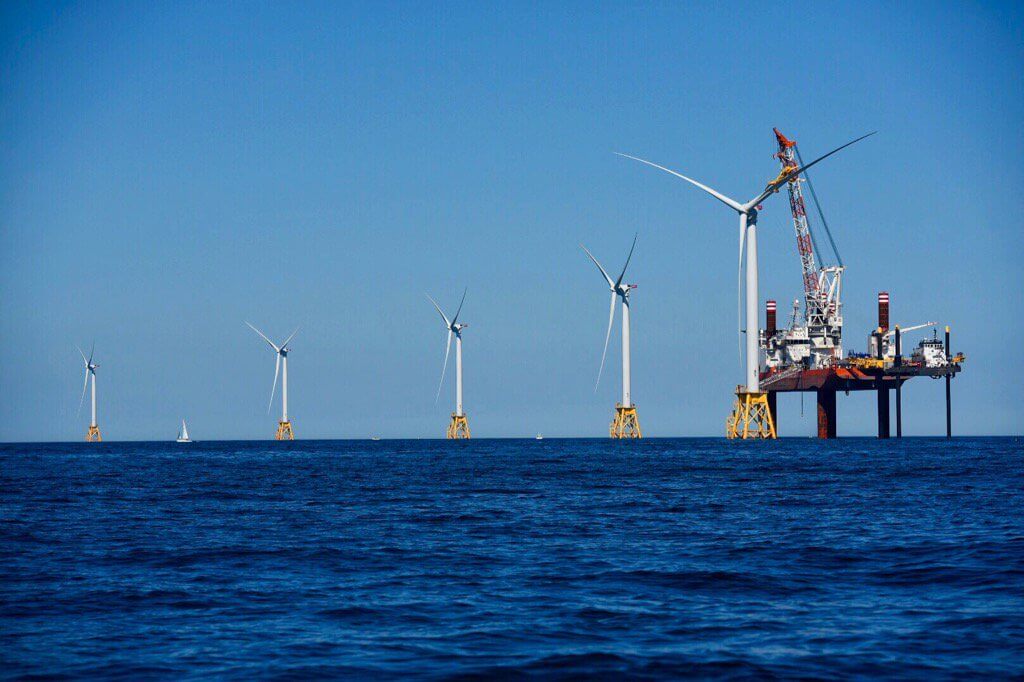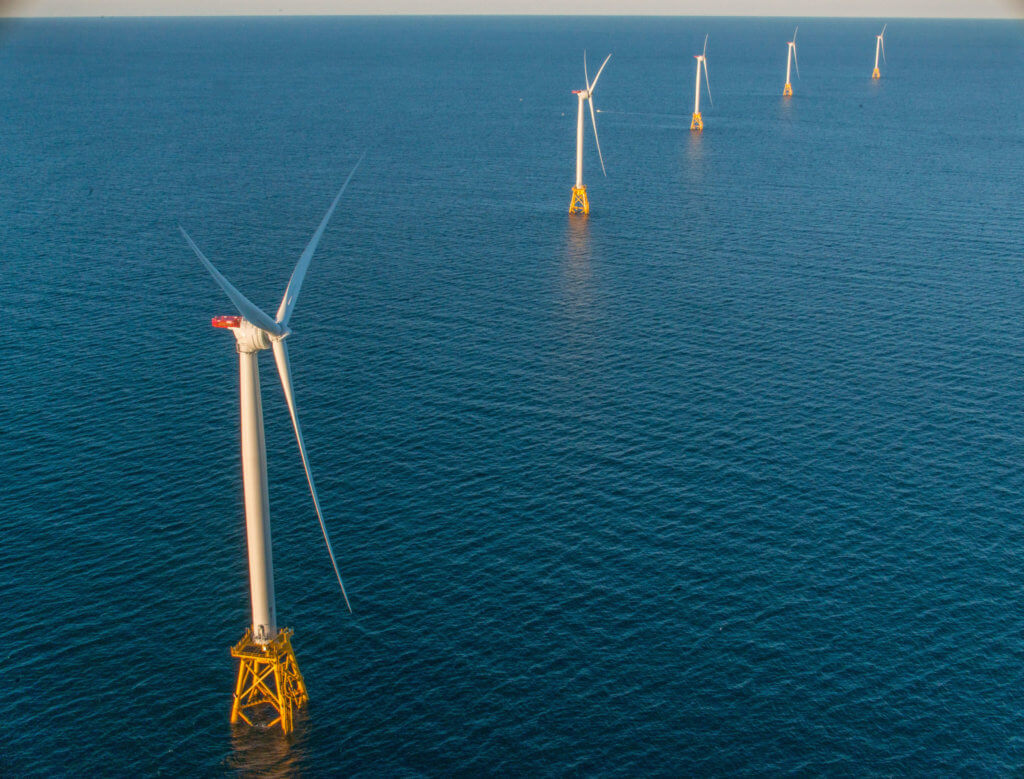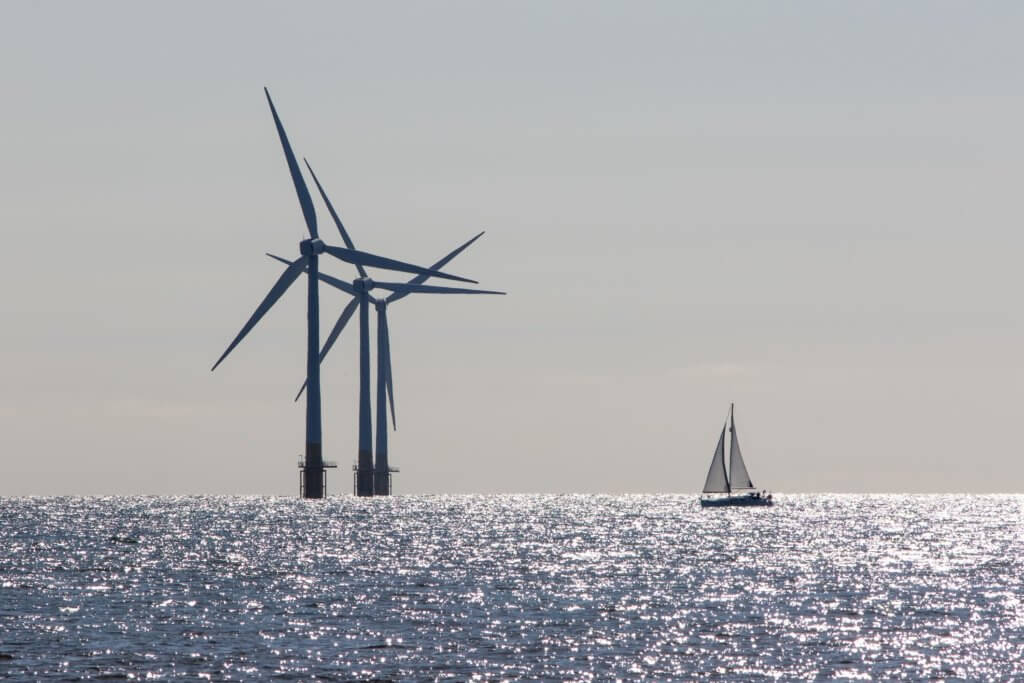How can the ocean help power your air conditioner?
The dog days of summer are here. As we crank up our air conditioners to beat the heat, utilities struggle to provide enough power to serve our communities. When electricity demand soars, utilities rely on peaking power stations that tend to be reserved for those few hours every year. These peak generation resources, including natural gas combustion turbines, can be extremely expensive resources. But how can the ocean help utilities meet peak demand?
It’s all about the sea breeze effect. During the summertime, as the sun beats down, the oceans and land absorb and radiate heat at different rates. Therefore, air over the lands tend to heat up quicker than air over water. The temperature difference between the land air (hot) and ocean air (cold) causes the ocean air to rush inland and fill the vacuum over land. The result is a sea breeze rushing inland in the hot summer afternoons.

SACE compared modeled offshore wind farm output to large utilities in North Carolina, South Carolina and Georgia. In each of those states, wind farm output was positively correlated with utility demand for the months of June, July and August. During the wintertime, the wind farms operate a bit more like base load power plants that consistently generate electricity.

For several years, Cape Wind (the nation’s first proposed offshore wind farm off Massachusetts) Associates has been taking wind speed measurements offshore. It's noticed that as temperatures soar during the summertime, the wind speeds pick up and the proposed offshore wind farm would provide substantial amounts of power when the utilities need that power the most.
But, perhaps the sea breeze effect has had the greatest effect in Texas. Wind farms are ubiquitous throughout western Texas, but fairly recently, developers have begun looking in coastal areas. Wind farms built in coastal Texas tend to provide substantial amounts of energy when the state needs it most–hot summertime afternoons. And in 2011, those coastal wind farms helped the state prevent brownouts by providing energy when it was vital to grid stability.

Particularly for offshore wind, where costs are estimated to be higher than onshore wind farms, supplying high-value energy when it's needed the most may help justify a higher price for those resources.
Full reports, entitled Sea Power, are available for download by state: North Carolina, South Carolina and Georgia.
Related articles:
Deepwater Wind wins auction to develop offshore wind in federal waters, August 5, 2013
NOAA study to help New York offshore wind power planning, March 21, 2012
By land or by sea: It's all about the supply chain, November 30, 2011
Day 1 at EWEA Offshore 2011: An industry approaching adulthood, November 29, 2011
Public Opinion Watch: Marylanders back offshore wind, October 12, 2011
Why Cape Wind? Investing in America's energy future, not just Canada's, July 20, 2011



